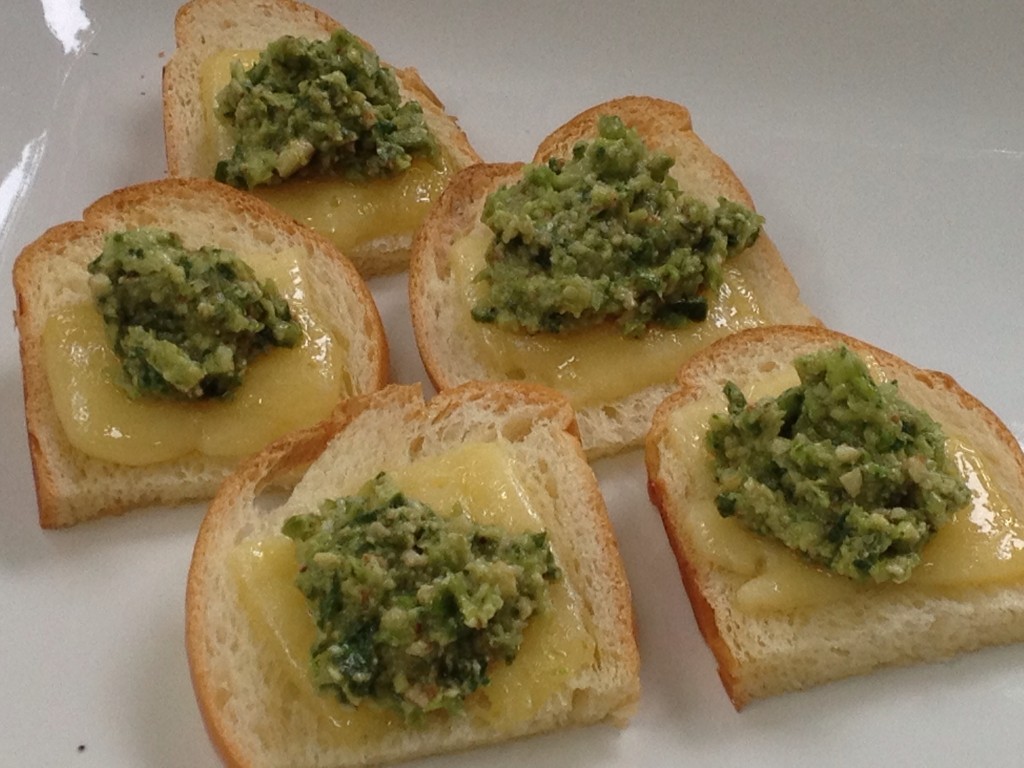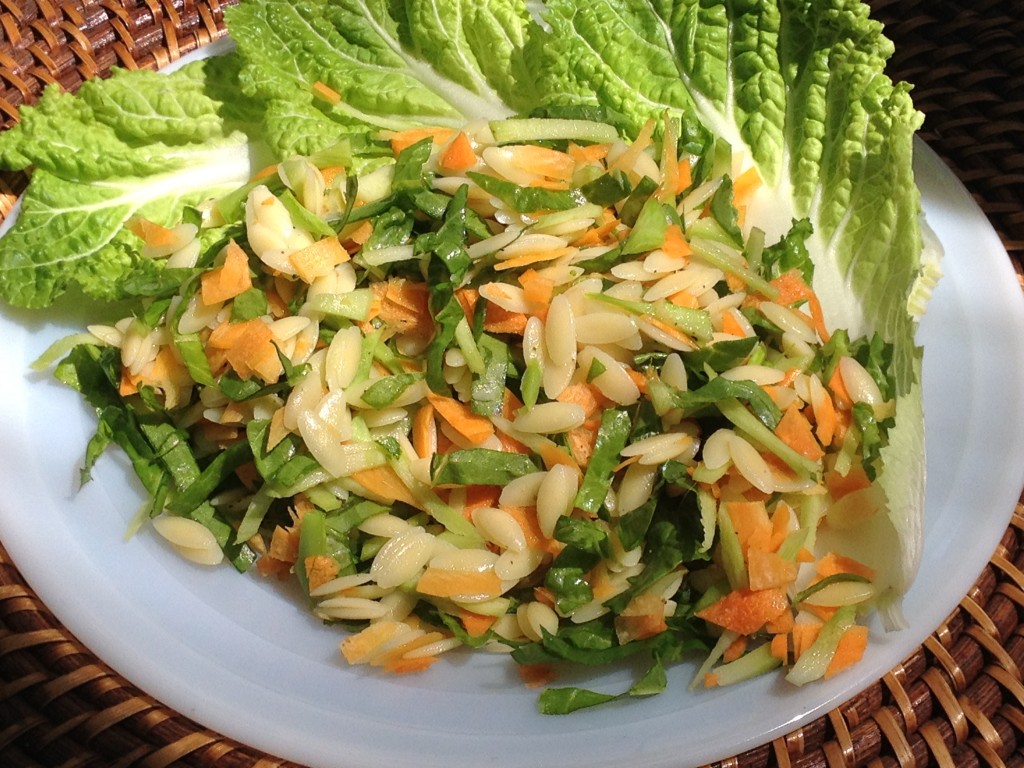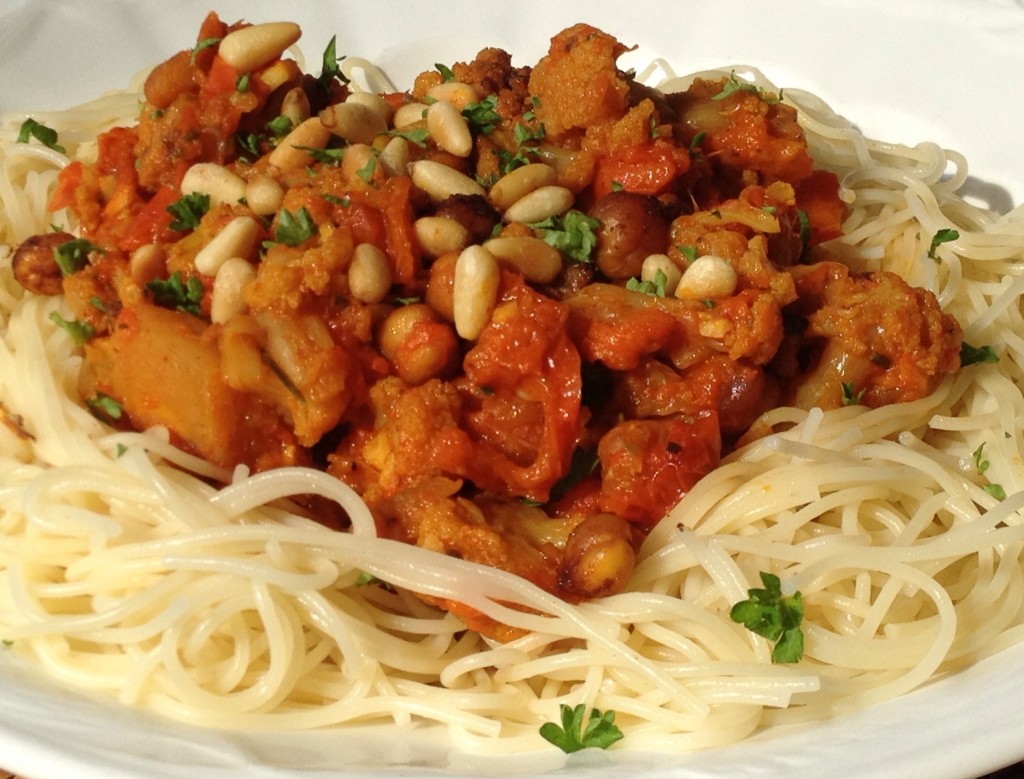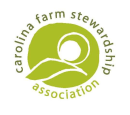It’s a bit difficult to find Lemon Verbena in the markets but I was fortunate to find two sources this year; Four Leaf Farm at the Durham Farmers’ Market and Weaver Street Market. Lemon Verbena doesn’t survive frost or temperatures under 40F so you’ll have to bring it inside or start again each year.
Also known as Vervain, the scent is light and clean and tastes about the same way. The leaves are a bit stiff, so it’s great to use baked, but eating it raw will require you to cut it up in small pieces because the leaf if a bit rough. It’s good on toast, french toast or simple crackers.
Apparently there’s also a way to preserve the leaves by creating a paste with 1 part leaves to 2 parts sugar. Using a food processor, you mix until you have a paste and then freeze it to use on desserts or in drinks. I haven’t tried that yet, but it sounds like a fun idea to use with shortbread cookies or in some sort of punch. There are many recipes for treats using this herb on the internet, so pick up one or two and get creative!
I’ve used this herb a couple of times in soft cheese and I like it in both Ricotta & Chevre equally well. For this recipe you are going to need just a couple of items and it will take you no more than 15 minutes to put this together with local ingredients, maybe they are in your garden already.
Honey, Lemon Verbena & the soft cheese of your choice – Ricotta or Chevre are all that you need for this simple pleasure. The Ricotta you can even make on your own with an hours’ worth of time and some whole milk.
Stop by the Durham Farmers’ Market Cooking Demonstration this Wednesday to taste this refreshing spread and take a look at the plant.
Lemon Verbena & Honey Cheese
Ingredients
- 1/2 cup either fresh local Ricotta or Chevre
- 6-8 fresh leaves of Lemon Verbena (about 1 1/2″ long)
- 2 teaspoon local honey (give or take a teaspoon)
Preparation
- Finely chop or cut the Lemon Verbena leaves without bruising.
- Mix the cut leaves, honey and cheese together slowly tasting and adjusting to suit your taste for lemon and sweetness.
- Refrigerate for up to 4 days or freeze.
Notes
This recipe is light so I would recommend Woodleaf Honey in Louisburg and the Orange County Blend from Just Bee Apiary.

















